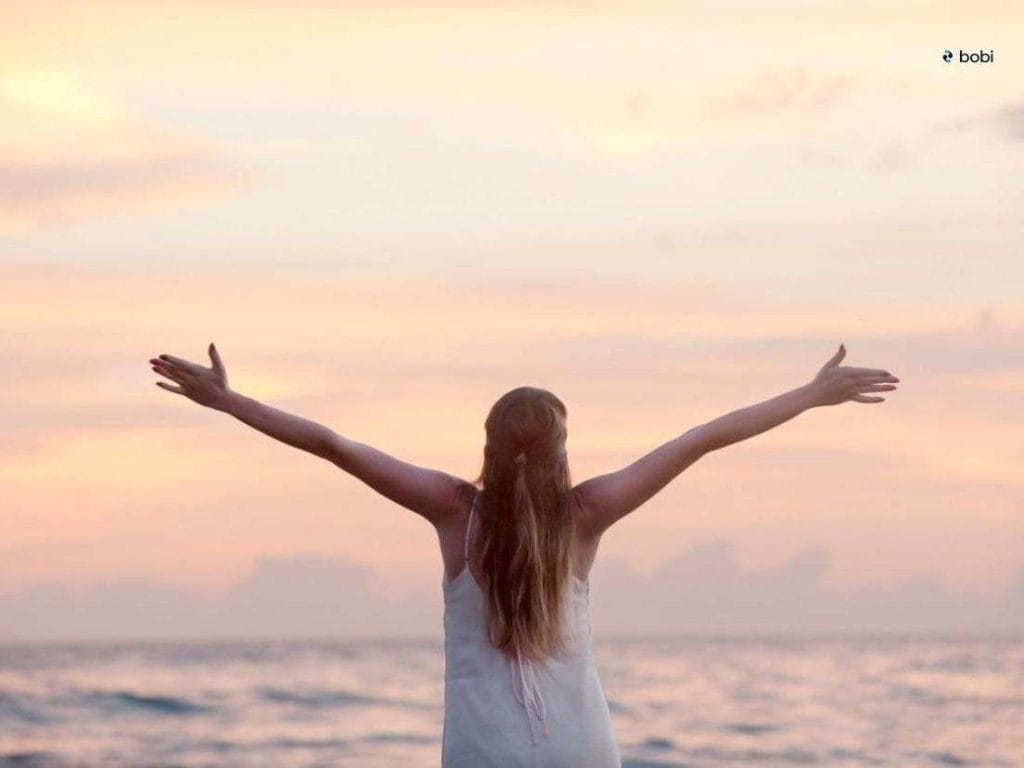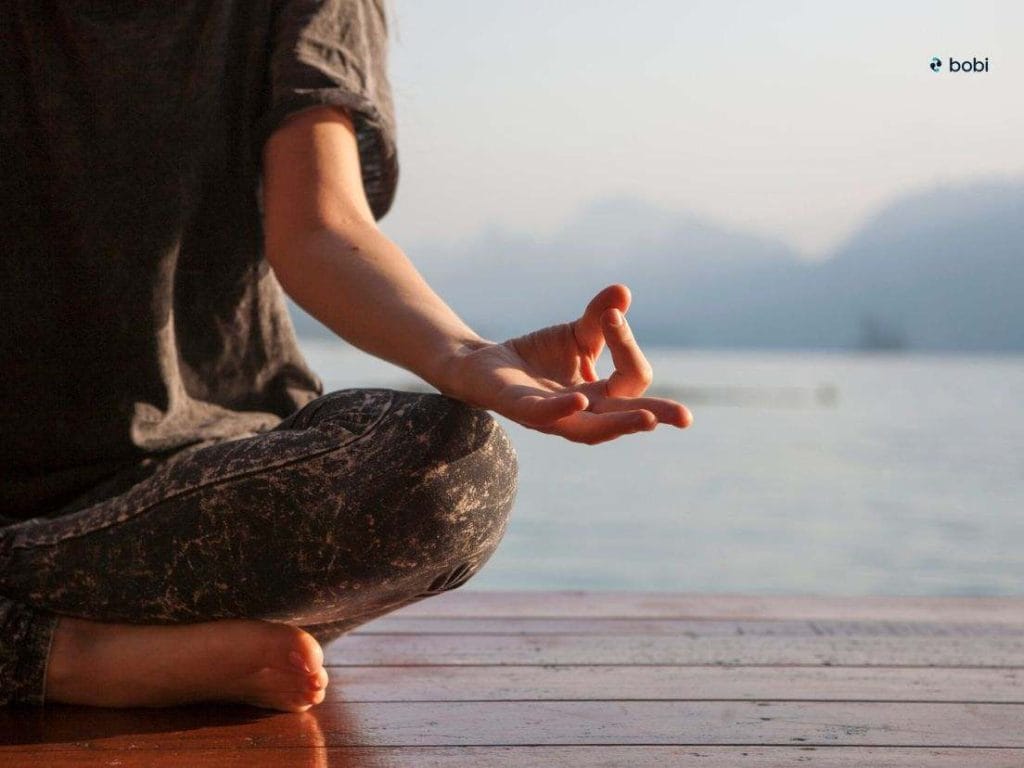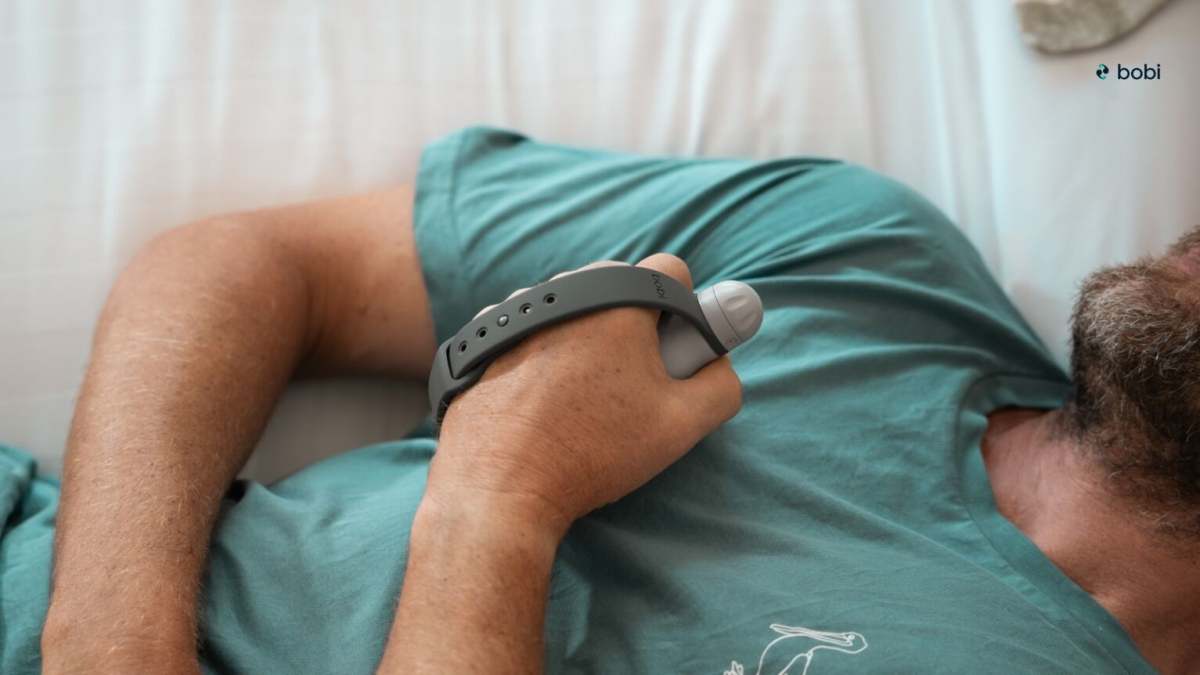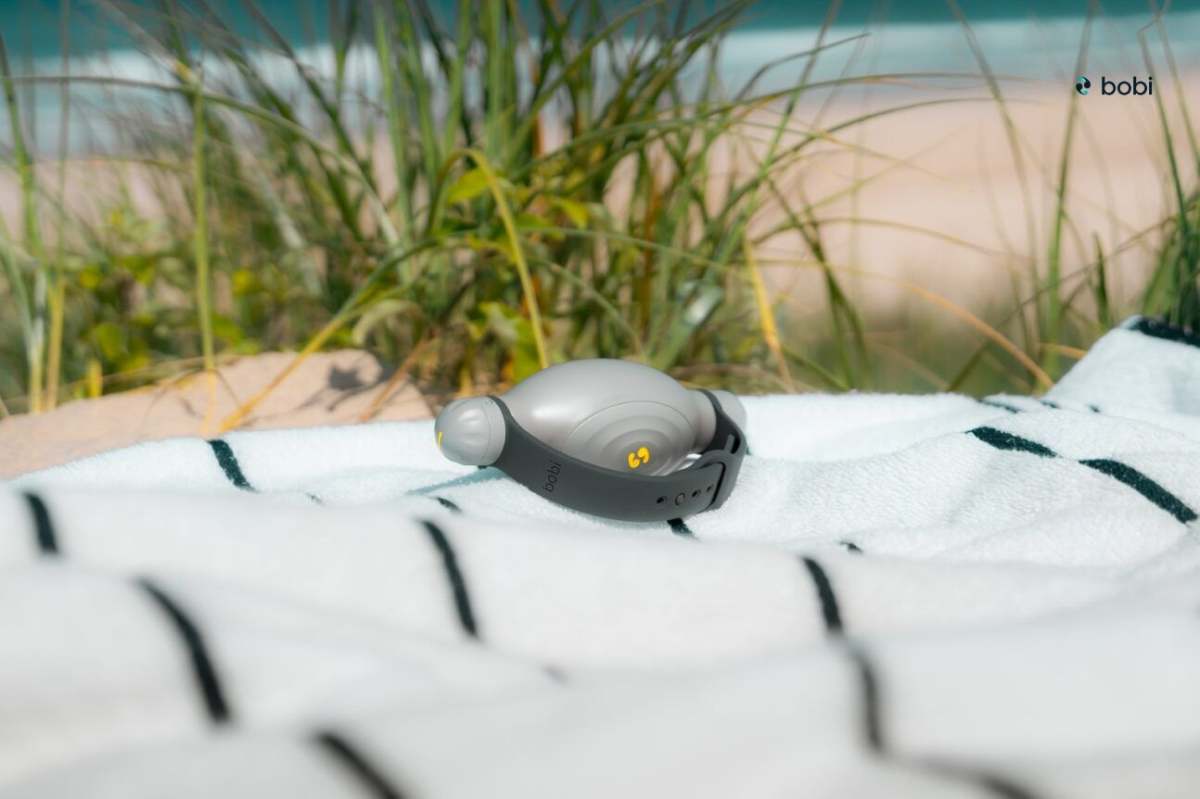
Life is tough, and sometimes the stress can overburden you, but there are active relaxation techniques you can adopt to learn how to relax. Many of us think nestling into a sofa dropping into a sofa, and passing out in front of our devices is a perfect way to relieve stress. But this isn’t true, nor is it effective. As a professional psychologist, I can confidently say that to efficiently tackle stress, you need to engage in active skills and strategies. Techniques such as yoga, walking meditation, slow breathing exercises, and guided imagery can change things for you. In today’s blog post, we’ll explore the concept of active relaxation, why is it important, and its potential to change your perspective on stress management.
Understanding effective active relaxation techniques requires an awareness of how we best manage stress, and the scientifically supported ways we can implement these strategies in any situation.
In my years of journey in the field of psychology, I discovered that there are two types of relaxation: passive relaxation and active relaxation. As the name suggests, passive relaxation is all about activities like scrolling social media, watching TV, or sitting for hours on end playing video games.
Although these activities do sometime reduce stress, we’re not actively managing our stress responses. They could be relaxing, however they’re not mastering how to relax. The opposite of passive relaxation is active relaxation. They’re different Let me define it properly.
Active relaxation is an act of engaging in conscious exercises that involve our body movement and breathing to let go of stress. Such intended exercises work to calm our bodies and promote a sense of profound relaxation by involving both mind and body.
Therefore, dislike passive relaxation, we are conscious while involving in active relaxation, and turns out to be mindful of the way stress impacts our bodies while grasping how to relax.
When we examine the science behind active relaxation, the advantages of this approach become evident. Several studies in psychoneuroimmunology, a domain at the crossroads of neuroscience and psychology, disclose that there’s a direct negative impact of stress on our immune system and overall well-being.
The phrase “active relaxation” is a general term that refers to the mind and body strategies that permit us to concentrate consciously on our motions and mindfully use our thinking to relax. Active relaxation merges the stress alleviation we sense during relaxation activities with the feeling of achievement we feel after finishing some kind of important activity.
It offers a feeling of self-respect, relaxing impact, and extra advantages that aid in improving health, capacity, and permission to associate with new hobbies.
Therefore, it is crucial to activate our parasympathetic nervous system through activities like slow breathing or guided imagery to foster a “rest and digest” state. This “rest and digest” state is key for recovery from stress and maintaining our health.
When I incorporate these techniques into my life, they reduce my stress in the short term and improve my body’s strength to fight effectively with stress-related situations. It leaves a deep and lasting impact on my health.
In the ‘connected world’ of online activity, many people are increasingly struggling to find and enjoy true moments of peace. Unfortunately, unless we actively seek relaxation techniques our stress levels seem to build, often to a point of crisis (or burnout!).
Almost 15% of adults over 60 fight with some kind of mental health issues, involving stress, dementia, or depression. Active relaxation techniques not only lower stress but also let go of physical strain, making them an overall useful practice.
Consciously using strategies that enhance stress reduction, such as guided imagery and progressive (or ‘paired’) muscle relaxation, are useful options that take little practice to implement.
The very first powerful and effective technique that I would like to recommend is ‘Guided imagery.’ Guided imagery is a modern form of traditional meditation. In this technique, the person imagines or visualizes a soothing scene or experience intentionally to reduce tension and anxiety.
Another amazing and life-changing technique that I always suggest to my clients who are stressed is progressive muscle relaxation (PMR). Progressive Muscle Relaxation is a two-step method that involves the body’s muscles. In this technique, we tense and then relax the different muscle groups of our whole body systematically.
The regular practice of this technique tells you what actual tension and relaxation feel like in your body. It’s better to begin your exercise with the muscles of your feet and then progressively go your way up until the forehead. I recommend that with every muscle group, first tense the muscles with your full force for at least five seconds and then let go of tension suddenly.
Another form of PMR is known as ‘Paired Muscle Relaxation’. In this practice, we are simply pairing our breathing to the tensing and releasing of our muscles. So put simply, when we tense our muscles we breathe in, and as we release our muscle we breathe out.
When we engage in this act of extreme compression accompanied by an mindful release, it shatters the chain of muscular tension containing stress. Our one session with PMR makes us physically relaxed and mentally energized.
I found it useful before going to bed, as it fosters quality sleep by treating the physical signs of stress. However, if you’ve suffered from muscle spasms, back issues, or any other serious injuries in the past, it’s better to consult your doctor first.

As a psychologist, incorporating movement into our relaxation drill transforms the options for stress management. So, I’ve found that yoga, pilates, and walking meditation are perfect fusion of powerful exercises that can lead to effective stress management. These practices play a crucial role in boosting our physical well-being and mental health.
When I was working to find efficient practices for stress relief, I witnessed the practical benefits of yoga and pilates. Many of us think these exercises are just limited to our fitness and not a good choice for stress or anxiety. However, a combination of controlled breathing, physical poses, and meditation in these practices make them all-inclusive practices, nourishing both mind and body.
Besides relieving stress and anxiety, they can enhance flexibility, balance, strength, and stamina. As a health professional, I ask my clients to begin their day with yoga.
Yoga at the start of the day provides a great foundation to be able to manage the inevitable stressors that are awaiting. Yoga includes a course of both moving and static angles, coupled with deep breathing. When we try different asanas (poses) strength, it builds up our physical body. On the other hand, engaging in breathing exercises fostering a sense of control and resilience.
The Kind of Yoga Best For Stress
Though practically all yoga sessions result in a relaxation position, sessions that focus on slow, balanced motions, deep breathing, and soft stretching are good for stress alleviation.
Pilates is considered a perfect evening activity and correlates with yoga exercise. This practice emphasizes core strength and general body positioning. The attention and control that we need to practice pilates boost our physical stability and flexibility.
Its benefits transcend the limits of physical enhancement; rather, they improve our mental regimen. When we concentrate on every movement, all our tensions and stress seem to evaporate, promoting a sense of profound relaxation.
Another comprehensive technique that proves a secret weapon for my toolkit is walking meditation. For a long time, meditation has been used to manage stress, anxiety, depression, and other negative emotions. Similarly, walking meditation is considered a highly effective active relaxation technique.
Traditional meditation includes practices like sitting motionless or doing the same actions repetitively, like repeating a few words. However, walking meditation blends movement with mindfulness – a practice to turn your concentration to the present moment. Therefore, walking meditation is an ideal approach for someone like me who finds sitting still really difficult.
When you engage in a walking meditation session, make sure you walk slowly but intentionally, enjoying each step in the present moment. Engaging in walking meditation often reattaches people to the nature around theme. For me, it’s a soothing break from the indoor challenges of my daily routine.
Breathing exercise works magically in the domain of active relaxation techniques. When a client comes to me and wants to get rid of stress immediately, I always suggest breathing exercises. No other technique can stand in the face of breathing exercises given its instant impact. In my opinion, understanding the power of breathing to control emotions is the most powerful form of therapy currently practiced.
Slow breathing is considered extremely effective for stress relief because of its ease of use and quick sense of peace.
When you feel like your stress is overwhelming you, start taking slow breaths. Start with a slow inhalation using your nose, which fills up your lungs, followed by slow exhalation also through your nose.
This powerful approach to breathing promotes better oxygenation of our blood, and it treats the physical symptoms of stress. Consequently, we experience a sense of relaxation running through our whole body.
Active relaxation techniques are skills that, once you learn them, act like your personal defense mechanism against stress. The benefits of regular active relaxation practice can prove life-changing for our mental and physical well-being. For me, they always work wonders by penetrating each aspect of my life. Following are some benefits of regular active relaxation practice:
Regular engagement with active relaxation techniques, such as progressive muscle relaxation, guided imagery, and slow breathing in our routines, becomes a turning point for our mental health.
My clients consistently identify that these exercises reduced their anxiety levels and helped them sustain a more relaxed and peaceful mindset during stressful conditions. When we devote our time to such healthy physical activities, we experience an incredible enhancement in abilities.
The impact of active relaxation techniques exceeds just physical and mental boundaries. These practices improve our sleep quality and boost energy levels. Techniques like the 4-7-8 breathing method speed up the process of falling asleep. When you wake up from a quality sleep, you experience a boost in your energy levels for the whole day.
You feel more energized and refreshed, all ready to conquer the hurdles of the day with a positive and lively attitude. This repeating cycle of quality sleep and higher energy levels strengthen our dedication to consistent active relaxation.

Over time, I realized that all of these exercises are worth considering for stress management. But after observing many of clients struggle to develop the habit of active relaxation I came up with the perfect relaxation device – bobi.
bobi is an innovative mindful device designed to foster active relaxation and help people manage stress.
At the heart of this device is optimal breathing patterns. bobi utilizes the G.E.N.3.6.5 method, which guides its consumers to focus on gentle, even, and nasal breathing to attain a peaceful state. The foundation of active relaxation is controlled, slow, breathing, on which principle I built bobi for stress reduction.
To incorporate bobi into your daily routine, focus on the tactile feedback it provides to imitate optimal breathing patterns. The rule is to start your session by using it three times a day, with every session lasting about five minutes. Regular practice with bobi will pave the way towards preferred breathing rhythms. It particularly aids in mental relief and stress reduction.
Below are some tips to incorporate active relaxation into your daily life:
As stress is inevitable, we must develop effective strategies to ensure we do not move towards burnout. In my professional journey of dealing with clients experiencing stress, I came to realize that adopting active relaxation techniques is the most important strategy for people to learn. These exercises arm us with the skills to take control of our stress. Given the reported rates of stress and burnout within the community, this is likely to remain a critical public health consideration over the coming years.

The best times for active relaxation practice are early morning and late evening when you can loosen up before bedtime.
Yes, active relaxation techniques are your go-to tool for enhanced physical health. They treat the physical symptoms of stress, such as alleviating stress, reducing blood pressure, and improving immune brain function.
A perfect example of active relaxation is progressive muscle relaxation (PMR). A practice of systematically tensing and relaxing certain muscle groups of the body to promote better mental and physical health.
The best form of relaxation differs according to an individual’s inclinations. However, mindfulness meditation is a world-renowned practice for its potential for stress relief, enhanced focus, and better overall emotional strength.
Stay updated on what's happening at bobi, and all things breathing, anxiety and mental wellness.